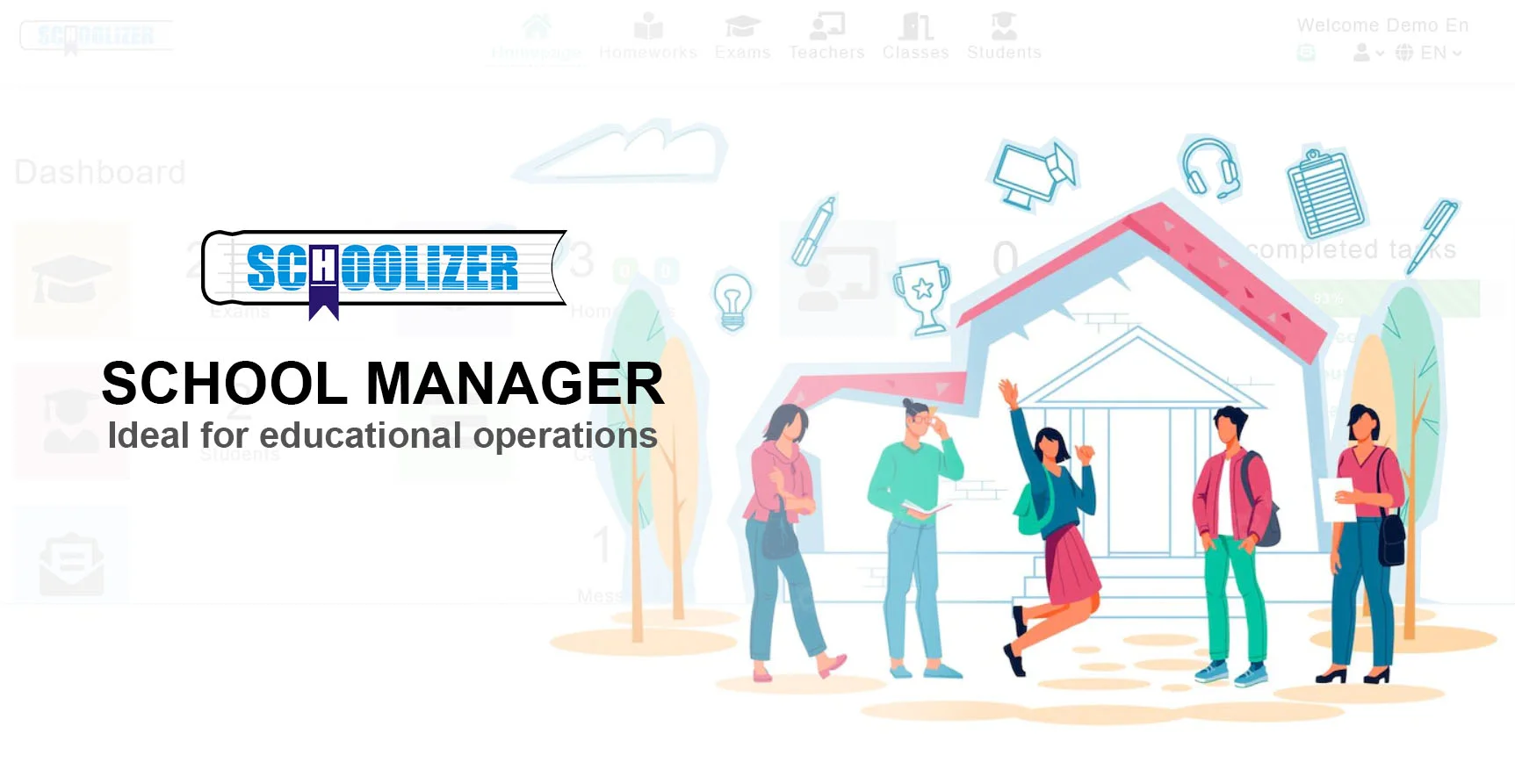Education Contracts Uncovered: How Agreement Terms Shape Student Success

The Hidden Impact of Education Contracts on Student Success
What if the key to improving student outcomes lies not just in classrooms but in the fine print of education contracts? Why do some schools succeed while others struggle despite similar resources? How can restructuring contracts create better learning environments? These questions are at the heart of recent research into education contracts and their surprising influence on student achievement.
The Rise of Performance-Based Education Contracts
In recent years, school districts across the United States have increasingly turned to performance-based contracts with education service providers. These agreements tie compensation to measurable student outcomes rather than just service delivery. The theory is simple: when companies have skin in the game, they'll work harder to produce results.
A real-world example comes from Tennessee, where the state implemented a tutoring program with strict performance metrics. Providers only received full payment if students showed measurable improvement in math and reading scores. Early results showed promising gains, particularly in low-income districts where students traditionally struggle.
However, critics argue these contracts can create perverse incentives. Some providers might focus only on "bubble kids" - those just below proficiency thresholds - while neglecting both high achievers and those far behind. The challenge lies in designing contracts that reward broad improvement without encouraging gaming of the system.
The Restart School Experiment
One of the most ambitious experiments in education contracting has been the "Restart" model, where struggling schools partner with external organizations under new agreements. These contracts typically give operators more flexibility in staffing, curriculum, and budgeting in exchange for accountability.
Boston provides a notable case study. The city converted several underperforming schools to "innovation schools" with modified contracts allowing longer school days and teacher collaboration time. Five years later, these schools showed significant gains in graduation rates and college enrollment compared to similar traditional schools.
Yet research from the Hechinger Report shows mixed results nationwide. While some Restart schools thrive, others show little improvement despite the contractual changes. This suggests that while contract structure matters, it's not a silver bullet without strong leadership and community buy-in.
Key Components of Effective Education Contracts
Analysis of successful education contracts reveals several critical elements:
- Clear metrics: Well-defined, measurable outcomes tied to compensation
- Balanced incentives: Rewards for both growth and absolute achievement
- Flexibility: Room for innovation in meeting goals
- Ongoing oversight: Regular progress monitoring with course correction
- Community engagement: Input from teachers, parents, and students
New Orleans' charter school contracts after Hurricane Katrina incorporated many of these elements, contributing to the city's education improvements. However, experts caution that what works in one context may not translate directly to others.
The Teacher Perspective on Restart Contracts
Teachers often bear the brunt of contract changes, facing new evaluation systems, longer hours, or altered job protections. In Chicago, teachers at Restart schools reported mixed feelings - appreciating additional resources but struggling with increased workload and uncertainty.
Research suggests that teacher buy-in is crucial for contract success. When Denver Public Schools redesigned contracts to include career ladders and performance pay, they involved teachers heavily in the design process. The resulting system saw higher satisfaction rates and better retention of effective educators.
This highlights a critical lesson: contracts that treat teachers as partners rather than problems tend to produce better outcomes for everyone involved.
Measuring What Matters in Education Agreements
A persistent challenge in education contracting is determining which outcomes to measure. Overemphasizing test scores may narrow curricula, while too many metrics can dilute focus. Some innovative districts are experimenting with broader measures:
- Student engagement surveys
- College persistence rates
- Social-emotional learning indicators
- Career readiness assessments
New York City's recent contract with a social services provider includes metrics for school climate and student well-being alongside academic indicators. Early data suggests this holistic approach may lead to more sustainable improvements.
As one researcher noted, "We need contracts that value what we value, not just what we can easily measure." This requires rethinking traditional accountability systems.
The Future of Education Contracting
Looking ahead, several trends are likely to shape education contracts:
- Personalization: Contracts that incentivize meeting individual student needs
- Technology integration: Agreements covering digital learning tools and data privacy
- Equity focus: Explicit goals for closing achievement gaps
- Partnership models: More collaborations between districts, nonprofits, and businesses
The COVID-19 pandemic accelerated many of these changes, forcing districts to quickly adapt contracts for remote learning and health safety. These emergency measures may lead to lasting innovations in how schools structure agreements with providers.
Ultimately, the most effective contracts will likely balance accountability with flexibility, data with human judgment, and innovation with equity. As the evidence grows, districts have an opportunity to learn from both successes and failures in education contracting.






